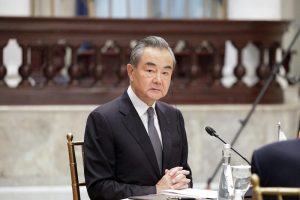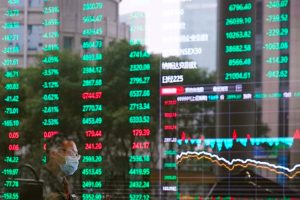(ATF) China issued 125 bonds abroad over the past two months after limited activity earlier this year, according to a central government figure.
National Development and Reform Commission spokesperson Meng Wei said on August 17 said that real estate companies issued US$12.4 billion in June and July – a year-on-year decrease of 24%, while all other sectors grew.
Meng Wei said 84 Chinese-funded enterprises issued 125 medium and long-term bonds overseas, for a total amount of $45.92 billion.
This included industries, finance, real estate, urban investment, Internet firms, information technology and other sectors. Of these, the issuance of industrial enterprises was $12.33 billion, a year-on-year rise of 30%; the issuance of financial companies was $14.28 billion, a year-on-year increase of 25%. Financial companies issued bonds mainly to support real economy development.
Meng Wei said that in the first half of the year, a total of 164 Chinese-funded enterprises issued 264 medium and long-term bonds overseas, with a total value of $103.31 billion. Although the total scale of overseas bond issuance was reduced year-on-year due to “the turmoil in the international capital market,” it showed “strong resilience”.
Meng Wei noted that the fundamental reason for the rebound in the scale of foreign debt issuance in June and July is that China has achieved major strategic results in the prevention and control of the epidemic. The resumption of work and production had improved month by month, and ‘economic order’ had been restored. ‘Foreign capital’ appeared confident in China’s economy and Chinese firms were growing, Meng said.
Meng Wei said there are three direct reasons for growth: First, major developed countries continue to use quantitative easing, but the liquidity of the dollar and overseas funds were accelerating the return of overseas funds to emerging markets.
Second, the confidence of investors had been further restored. The overall buying of Chinese-funded businesses in the overseas bond market is relatively strong, and the secondary market transactions are active, driving the rising scale of issuance in the primary market.
Thirdly, affected by the epidemic, many Chinese-funded issuers have postponed issuance plans, waiting for a better market window in the near future, the official said.























